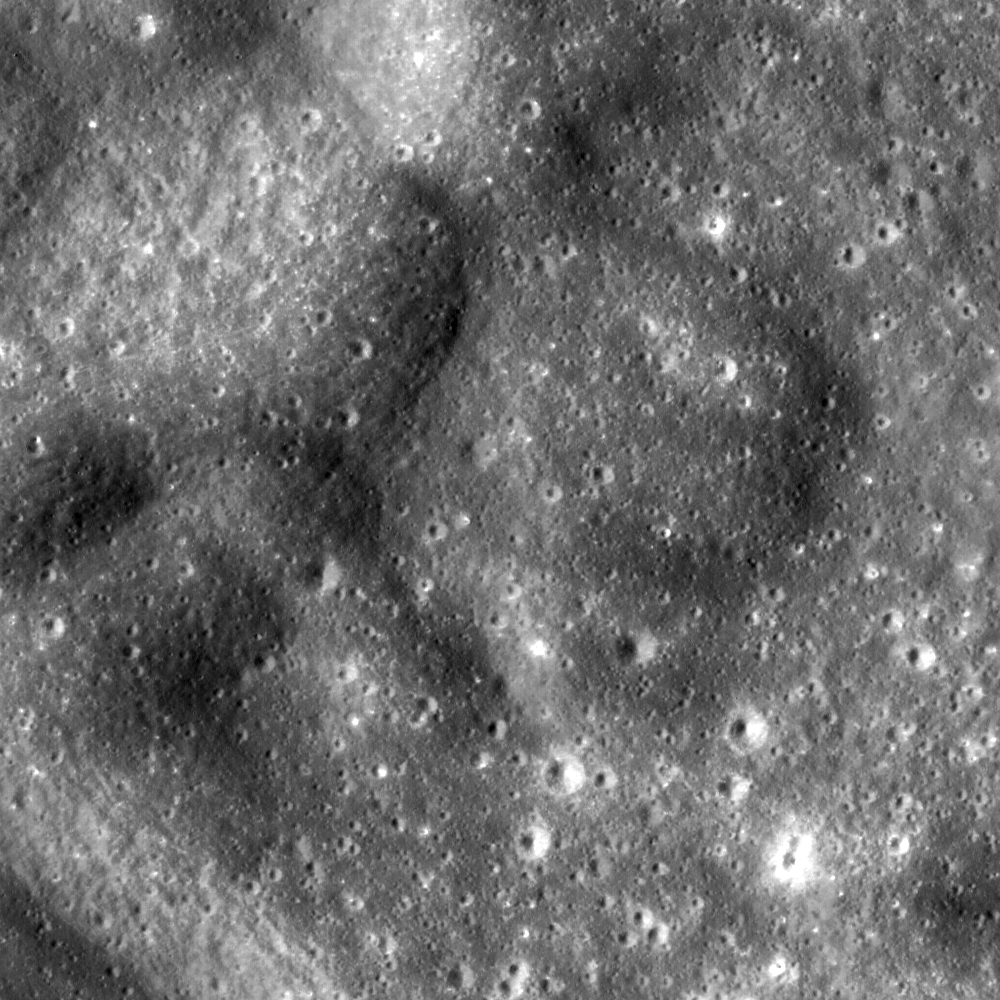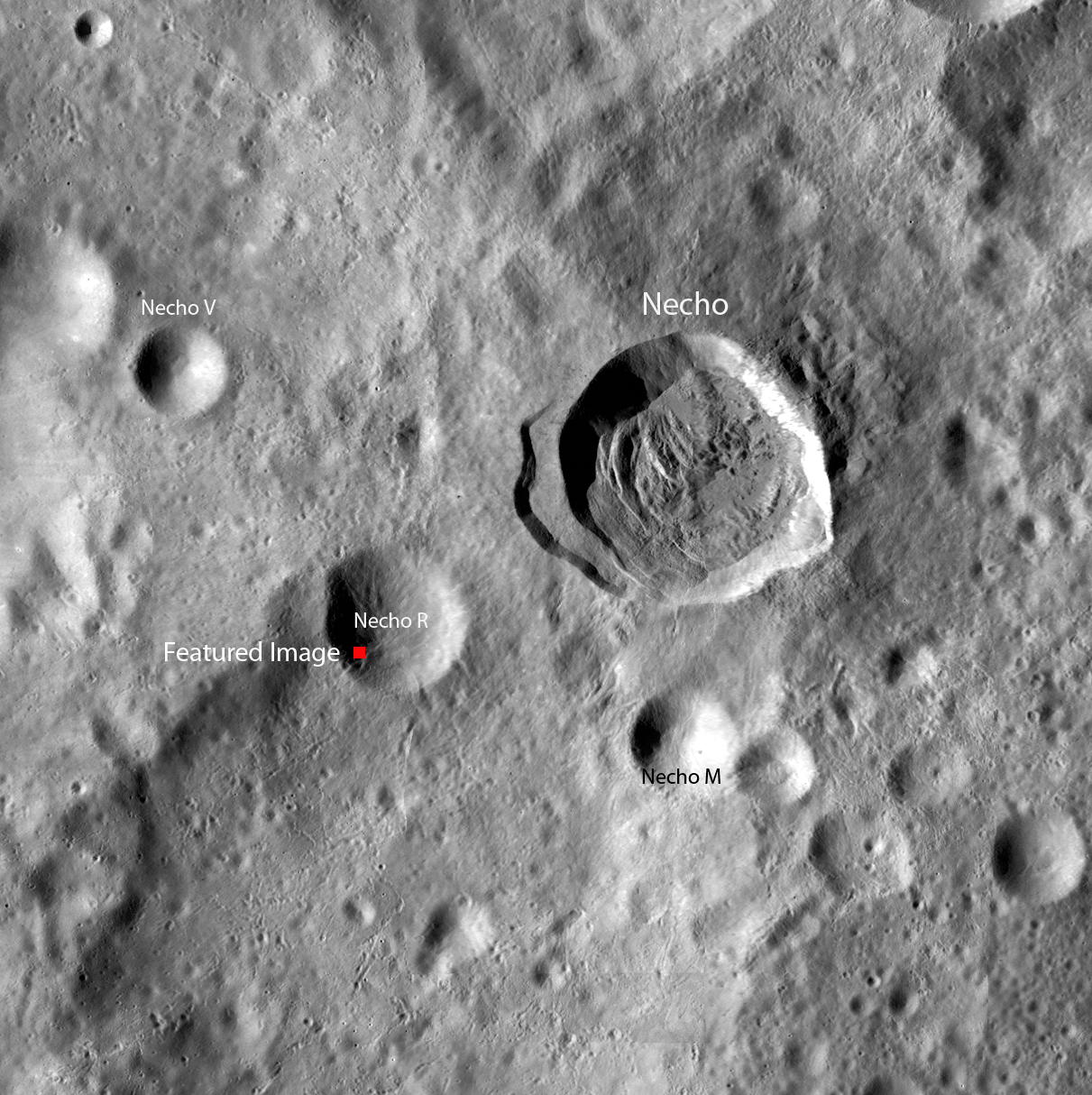
As space enthusiasts and students of the Solar System, we all know that the tremendous energies unleashed by a hypervelocity impact vaporize much of the impactor, fracture the target subsurface, and send cubic kilometers of pulverized and melted ejecta sailing over the horizon. When conditions are right, however, some impacts also produce strange and counter-intuitive phenomena. Dry ejecta can sometimes behave like a fluid and travel as a ground-hugging debris flow great distances from the impact site. The exact physics of this ground-hugging flow behavior is not well understood, but several theories exist. The most popular of these employs the idea of acoustic energy waves keeping particles in motion -- bouncing off each other at just the right frequencies to keep everything suspended much longer than one might anticipate. With friction reduced by this resonant internal energy, the flow can move great distances before finally losing momentum to become part of a distal ejecta deposit.
On Earth, this type of debris flow is known as a "sturzstrom," and is most often associated with avalanches. Evidence for similar behavior is observed on the Moon in the vicinity of relatively recent craters. The odd mounds shown here were caused by the Necho impact (see context image below), and are the result of such flows bunching up and overriding each other as they slowed and came to their final resting place in nearby Necho R crater upon reaching its floor and steep southwestern wall; hence the technical term "deceleration lobes" for these landforms.
Another example of deceleration lobes can be found in the King crater region to the north of Necho crater.
Examine the full NAC image for an even more dramatic display of these features.
Published by James Ashley on 21 July 2011
